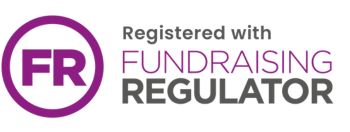The method of electrical stimulation, transcranial direct current stimulation (tDCS), entails placing small electrodes on the scalp and administrating a low current, painless enough to feel like ‘a mild tingle’, as described by participants of the research. The electrical current is thought to encourage neural activity in the brain, giving the neurons a ‘boost’ with rewiring themselves, a process known as ‘plasticity’.
The study focused on 24 stroke survivors who had difficulties in moving their arms or hands. All survivors were offered nine sessions of intense rehabilitation, during which half of the survivors received the electrical stimulation for twenty minutes as well.
The results showed that the survivors who had received the electrical stimulation made the greatest improvements in skills such as feeding themselves, lifting their arms and grasping objects.
The improvements were dependent on factors such as the severity of stroke and the research is in its early stages yet, with lead researcher Professor Johansen-Berg explaining that more research would be needed before considering its use in stroke therapy.
The study has been published in Science Translational Medicine: http://stm.sciencemag.org/content/8/330/330re1
Back









